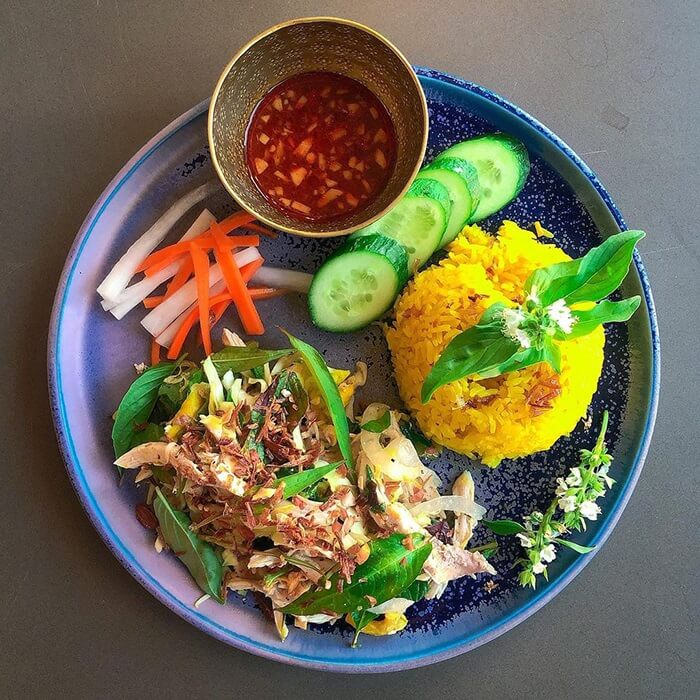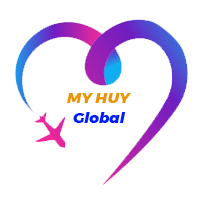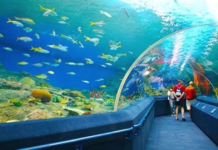Travel to Hoi An, One of the prominent features of Hoi An is its well-preserved ancient town with over 1,000 ancient houses built in a unique blend of Asian and European architectural styles. When visiting Hoi An, tourists can explore ancient temples, communal houses, old bridges, and distinctive historical relics within the nostalgic and romantic ambiance of the ancient town.
1. Introduction to Hoi An
In 1999, Hoi An marked a significant turning point. Since then, it has become a unique tourist destination, attracting thousands of visitors each year, especially international tourists, due to its pristine beauty and unique ancient charm.
Hoi An takes pride in being an ancient city of Vietnam. During the period from the 16th to the 19th century, it was famous as a bustling trading port and played a crucial role in Vietnam’s international commerce. Today, visitors can easily encounter relics from that prosperous era through ancient temples, traditional craft villages, and ancient houses in Hoi An.

(Photo: Internet)
See more: Top 5 Green, Clean, and Beautiful Cities in Vietnam
2. When is the best time to visit Hoi An?
Asking about the best season to visit Hoi An, a city located in the Central region with a tropical climate and strong monsoon winds. It is divided into two distinct seasons: the dry season and the rainy season. The average annual temperature here ranges from 24-27 degrees Celsius. However, towards the end of the year, the temperature can be relatively cold, around 18-22 degrees, while the summer season is quite hot, ranging from 30-33 degrees.
With the information above, the ideal time to visit Hoi An is during the dry season, roughly from January to April, when the weather is cool and slightly chilly. The months from August to December are the rainy season, but if you want to save on travel expenses, you can still visit Hoi An during the rainy season, especially in late December or early August, as the rain is not excessive and won’t significantly affect your trip.
3. How to travel from Da Nang to Hoi An?
Inquiring about transportation options from Da Nang to Hoi An, there are several choices such as motorbike, private car, bus, and taxi.
Traveling by motorbike is a common and cost-effective means of transportation from Da Nang to Hoi An. The road to Hoi An from Da Nang is quite small, so renting a motorbike is a reasonable choice. The rental price for a motorbike ranges from 100,000 VND to 180,000 VND per day, depending on the type of bike.
If you are traveling in a group of 3-4 people or more, it will be more economical to rent a private car. Modern and comfortable 4-seater tourist cars have a price of around 300,000 VND per way, which is an exclusive offer available only in Hoi An. Additionally, there are discounted rates for seven-seater and sixteen-seater cars if you search carefully.
Taking a taxi from Da Nang to Hoi An costs around 16,000 VND per kilometer. Renowned taxi companies in Da Nang such as Mai Linh, Song Han, and Huong Lua are excellent choices.
Another option is to take a bus; there is a bus every 20 minutes from Da Nang to Hoi An. The travel time is about 30 minutes, but the buses only operate from 5:30 AM to 5:30 PM. Therefore, if you want to explore Hoi An at night, it’s better to choose a motorbike or a private car. The bus fare from Da Nang to Hoi An ranges from 18,000 VND to 30,000 VND per trip, depending on the bus stop.
4. Must-visit check-in spots in Hoi An
Hoi An, an ancient and beautiful city in Central Vietnam, is an attractive destination for tourists due to its unique and unparalleled sightseeing spots. Below is a detailed description of the famous landmarks and a wide range of accommodation options in Hoi An.
Tan Ky Ancient House: Tan Ky Ancient House is a more than 200-year-old historical house and is considered one of the most beautiful places in Hoi An’s ancient town. It has preserved its unique architectural style and simplicity in its ancient construction. It used to be the residence of noble musicians and holds significant historical, architectural, and cultural value.
Hoi An Bridge (Japanese Bridge): Hoi An Bridge, also known as the Japanese Bridge, is a famous landmark that one cannot miss when visiting Hoi An. The bridge stands in the middle of Hoi An’s ancient town and spans a small river, exuding a beautiful image all around. It is also featured on the 20,000 VND banknote, showcasing its great cultural significance. The surroundings of the Japanese Bridge are interesting and attractive, attracting visitors for sightseeing.
Thanh Ha Pottery Village: Thanh Ha Pottery Village is about 2 km away from Hoi An’s ancient town. It is a traditional pottery village, where daily-use ceramic products are made. The village is tranquil and rustic, making visitors feel like they have traveled back in time with its vibrant colors. Visitors can explore and experience the traditional pottery-making process here.
An Bang Beach: An Bang Beach is regarded as one of the most beautiful and pristine beaches in Vietnam. It captivates visitors with its smooth sand, clear blue water, and fresh air. The beach is perfect for sunbathing, relaxation, dining, and recreational activities. There are numerous bars and restaurants serving visitors right on the beach.
Accommodation options in Hoi An are also diverse, catering to the needs of many tourists. In Hoi An, there are many beautiful hotels, homestays, and resorts that are well-equipped and provide attentive service. Some hotels and homestays are particularly located near famous tourist attractions, offering guests convenience and comfort in exploring this ancient city.
Hoi An truly is an attractive and ideal destination for those who love culture, classical architecture, and want to experience the unique charms of Central Vietnam.
5. Must-try culinary specialties in Hoi An
When traveling to Hoi An, exploring local delicacies is an activity that food enthusiasts cannot miss. Below are some delicious and iconic dishes of Hoi An that you must try during this trip.

(Photo: Internet)
See more: Travel to Vung Tau – Discover a Wonderful Resort Destination
Hoi An Chicken Rice: Hoi An Chicken Rice comes in various versions, but the most popular ones are shredded chicken rice and chicken giblet rice. The rice is cooked in fragrant yellow chicken broth, accompanied by tender chicken meat and carrot leaf salad. If you are unsure what to eat when visiting Hoi An, go for this dish to avoid missing out. A plate of delicious Hoi An Chicken Rice costs around 35,000 to 40,000 VND.
Cao Lau: Cao Lau is a distinctive and proud dish of Hoi An’s cuisine. The Cao Lau noodles are shorter, thicker, and chewier than regular noodles. The noodles are soaked in a flavorful sauce, combined with grilled pork and raw vegetables, creating a perfect dish. Cao Lau becomes even more appealing when enjoyed on chilly days. If you travel to Hoi An without trying Cao Lau, it will be a significant omission.
Hoi An Grilled Pork Wrapped in Rice Paper: This dish may seem simple, but it delivers an unforgettable “explosion of flavors.” The plate of Hoi An Grilled Pork Wrapped in Rice Paper consists of moist rice paper and skewered grilled pork, along with raw vegetables, peanuts, and sweet and savory dipping sauce. The pork is grilled on the spot, retaining its delectable aroma and hotness, all at an affordable price. You can find this famous dish at restaurants along the riverside in Hoi An.
These culinary specialties of Hoi An are all delightful experiences, making your trip to this ancient city more meaningful and fantastic. Hopefully, sharing these local delicacies will help you have an enjoyable and wonderful journey in Hoi An.
By Myhuyglobal






